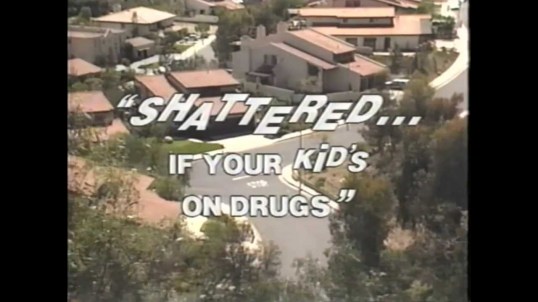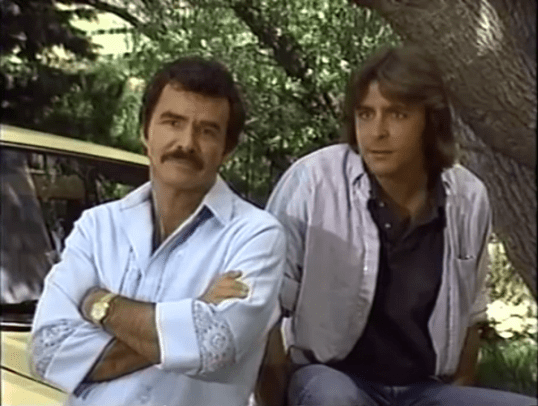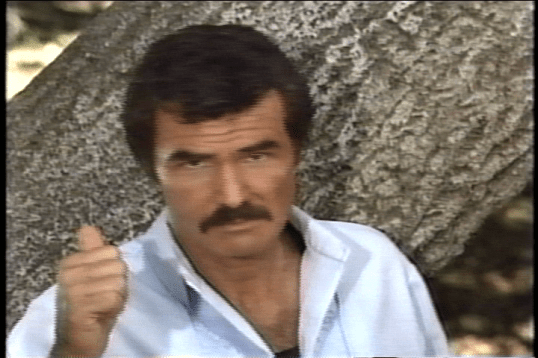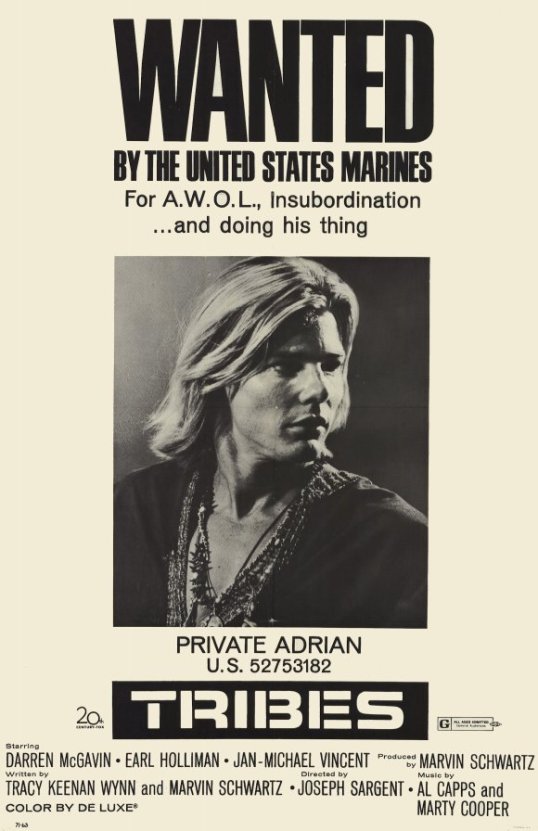“There is a sixth dimension, beyond that which is known to man. It is a dimension as vast as space and as timeless as infinity. It is the middle ground between light and shadow, between science and superstition, and it lies between the pit of man’s fears and the summit of his knowledge. This is the dimension of imagination. It is an area which we call The Twilight Zone.”
66 years ago today, viewers heard those words for the first time when The Twilight Zone premiered on CBS. Those words were delivered by the show’s creator and the writer of its first episode, Rod Serling. (In future episodes, “the sixth dimension” would be relabeled “the fifth dimension.”)
The first episode of The Twilight Zone starred Earl Holliman as a man who finds himself walking down a dirt road with no memory of how he got there. He sees signs of civilization — a police station, a diner, and a movie theater — but no people. The isolation and the loneliness threaten to drive him mad but, at the end of the episode, it’s revealed to have all been a simulation performed by the military to test whether the man, as astronaut, will be able to mentally handle being alone in space.
The barrier of loneliness: The palpable, desperate need of the human animal to be with his fellow man. Up there, up there in the vastness of space, in the void that is sky, up there is an enemy known as isolation. It sits there in the stars waiting, waiting with the patience of eons, forever waiting… in The Twilight Zone.
With no supernatural or extraterrestrial elements, this episode was not typical of what The Twilight Zone would eventually become. But, on October 2nd, 1959, it was enough to launch the show and make television history. It was truly a great moment in television history.
Previous Moments In Television History:
- Planet of the Apes The TV Series
- Lonely Water
- Ghostwatch Traumatizes The UK
- Frasier Meets The Candidate
- The Autons Terrify The UK
- Freedom’s Last Stand
- Bing Crosby and David Bowie Share A Duet
- Apaches Traumatizes the UK
- Doctor Who Begins Its 100th Serial
- First Night 2013 With Jamie Kennedy
- Elvis Sings With Sinatra
- NBC Airs Their First Football Game
- The A-Team Premieres
- The Birth of Dr. Johnny Fever
- The Second NFL Pro Bowl Is Broadcast
- Maude Flanders Gets Hit By A T-Shirt Cannon
- Charles Rocket Nearly Ends SNL
- Frank Sinatra Wins An Oscar
- CHiPs Skates With The Stars
- Eisenhower In Color
- The Origin of Spider-Man
- Steve Martin’s Saturday Night Live Holiday Wish List
- Barnabas Collins Is Freed From His Coffin
- Siskel and Ebert Recommend Horror Films
- Vincent Price Meets The Muppets
- Siskel and Ebert Discuss Horror
- The Final Scene of Dark Shadows
- The WKRP Turkey Drop
- Barney Pops On National TV
- The Greatest American Hero Premieres
- Rodney Dangerfield On The Tonight Show
- The Doors Are Open
- The Thighmaster Commercial Premieres
- The Hosts of Real People Say “Get High On Yourself”
- The 33rd NFL Championship Game Is Broadcast In Color
- The Sopranos Premieres on HBO
- Eisenhower Hosts The First Televised Press Conference
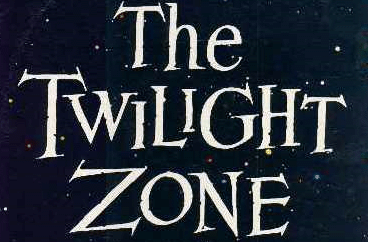
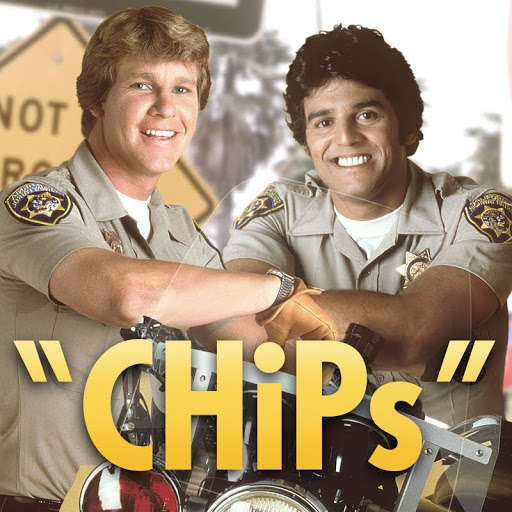
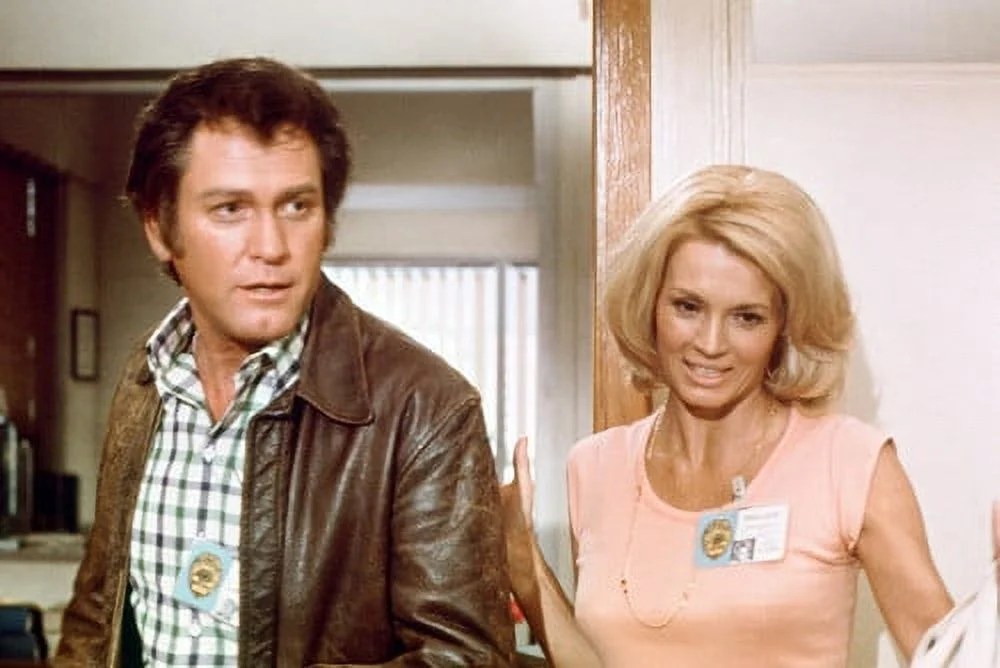
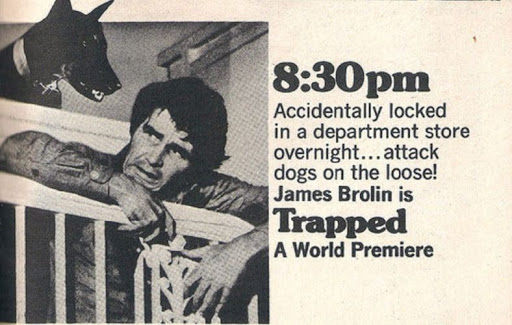
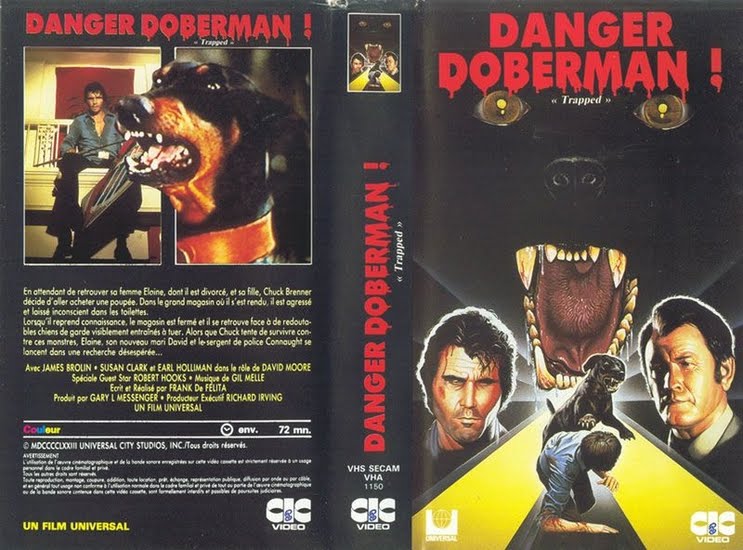


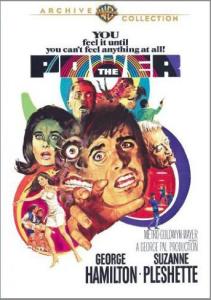 Who is Adam Hart?
Who is Adam Hart? Welcome to the Old West. Hannibal Heyes (Pete Duel) and Kid Curry (Ben Murphy) are two of the most wanted outlaws in the country, two cousins who may have robbed trains but who also never shot anyone. After being promised a pardon if they can stay out of trouble for a year, Heyes and Curry have been living under the names Joshua Smith and Thaddeus Jones.
Welcome to the Old West. Hannibal Heyes (Pete Duel) and Kid Curry (Ben Murphy) are two of the most wanted outlaws in the country, two cousins who may have robbed trains but who also never shot anyone. After being promised a pardon if they can stay out of trouble for a year, Heyes and Curry have been living under the names Joshua Smith and Thaddeus Jones.